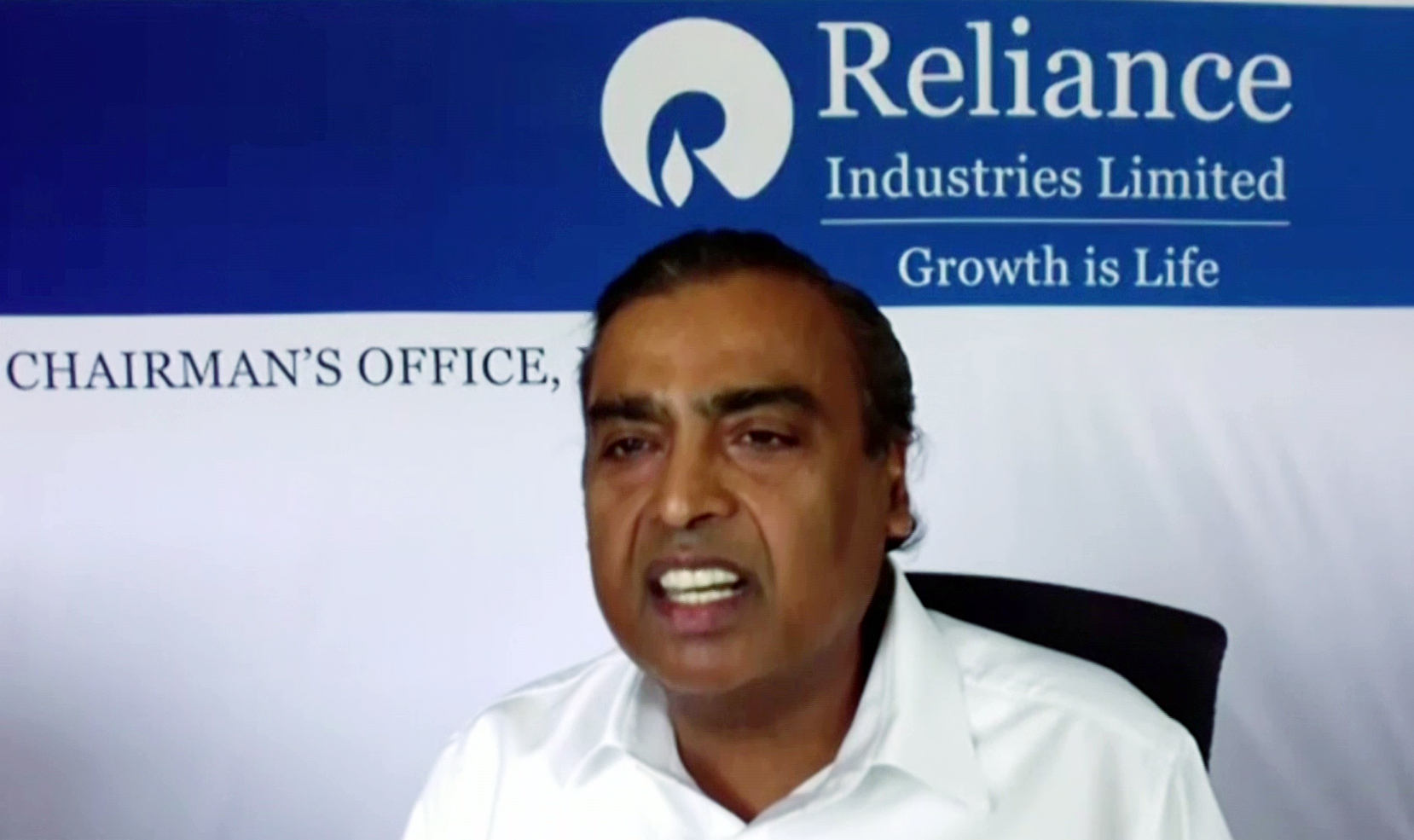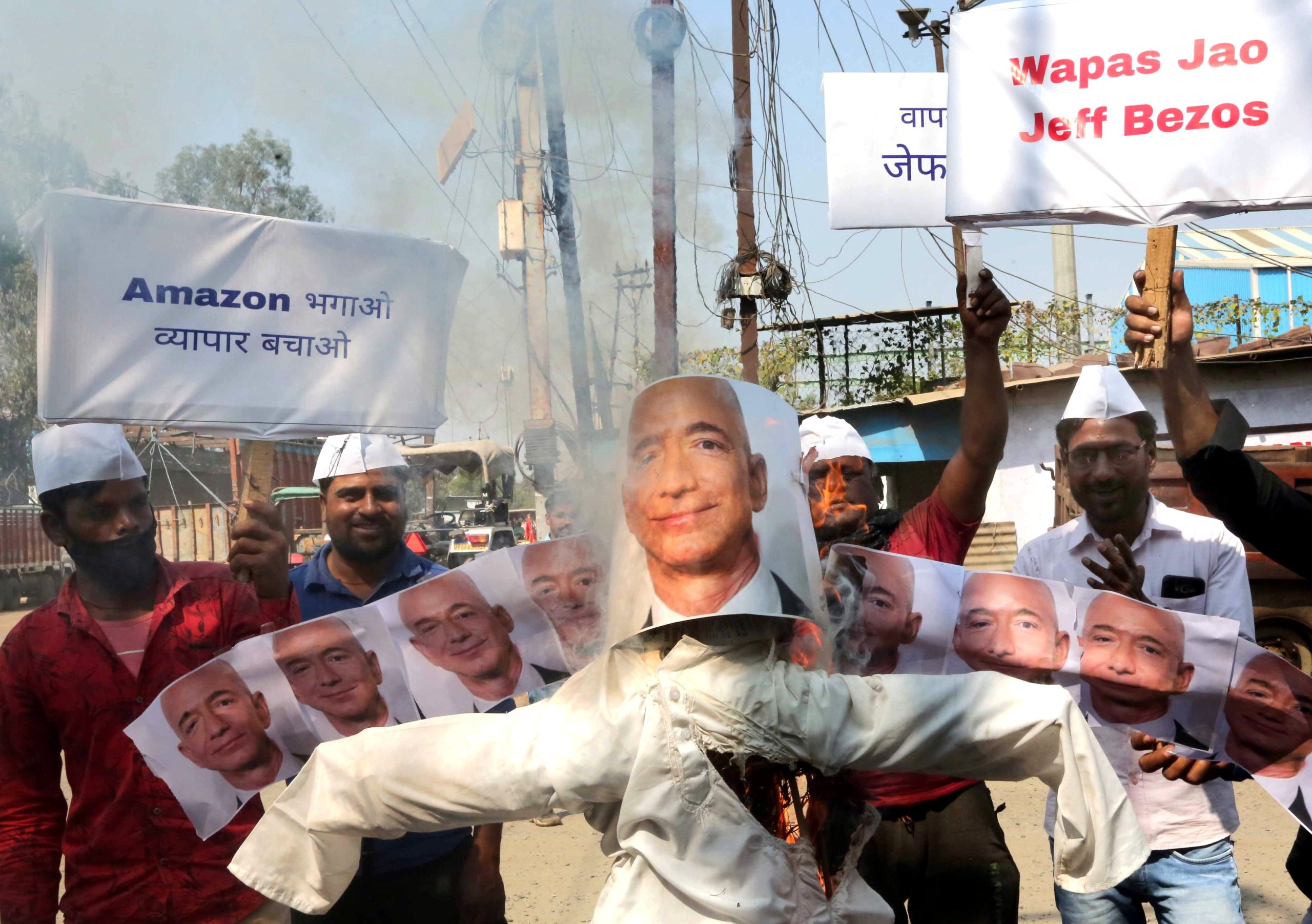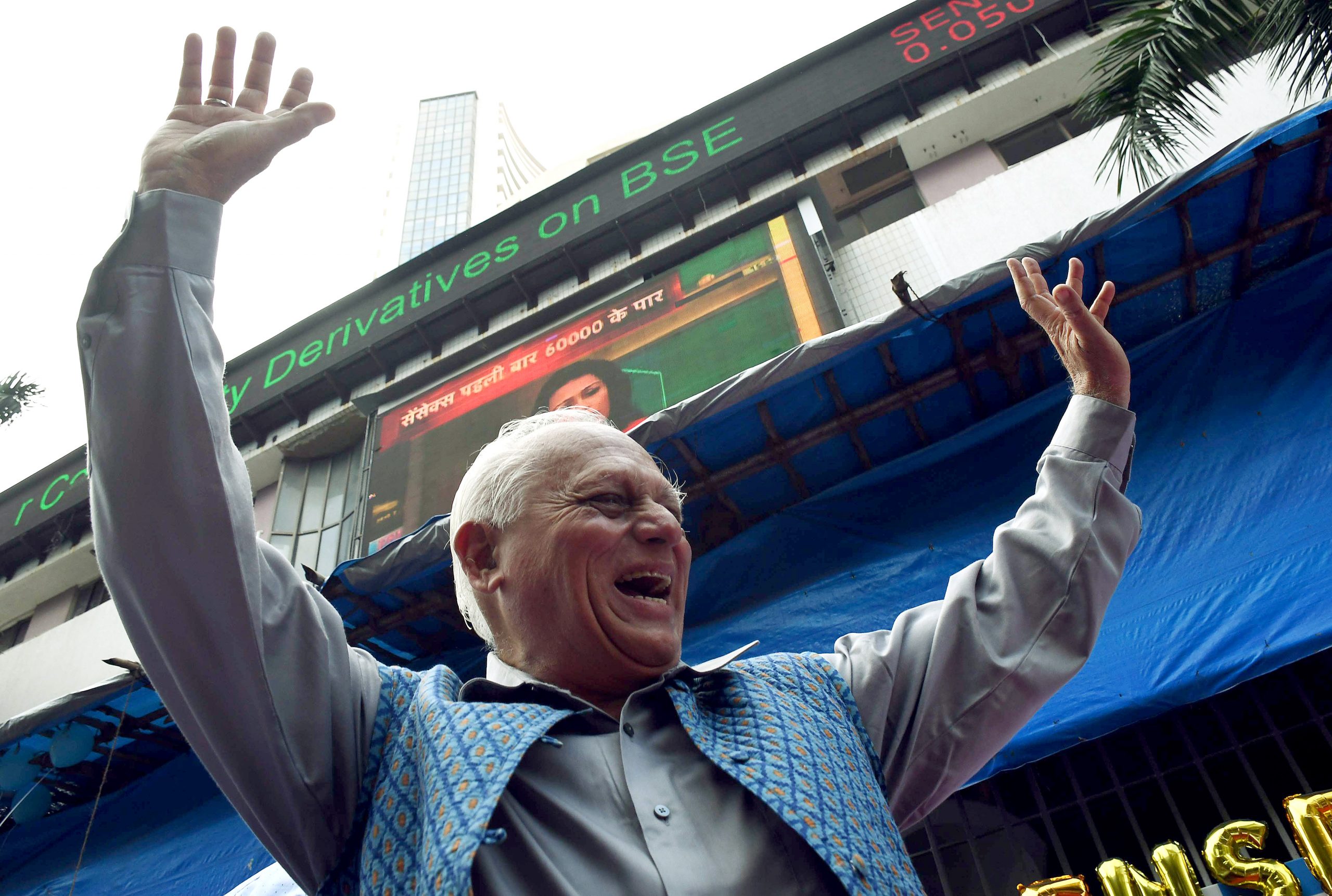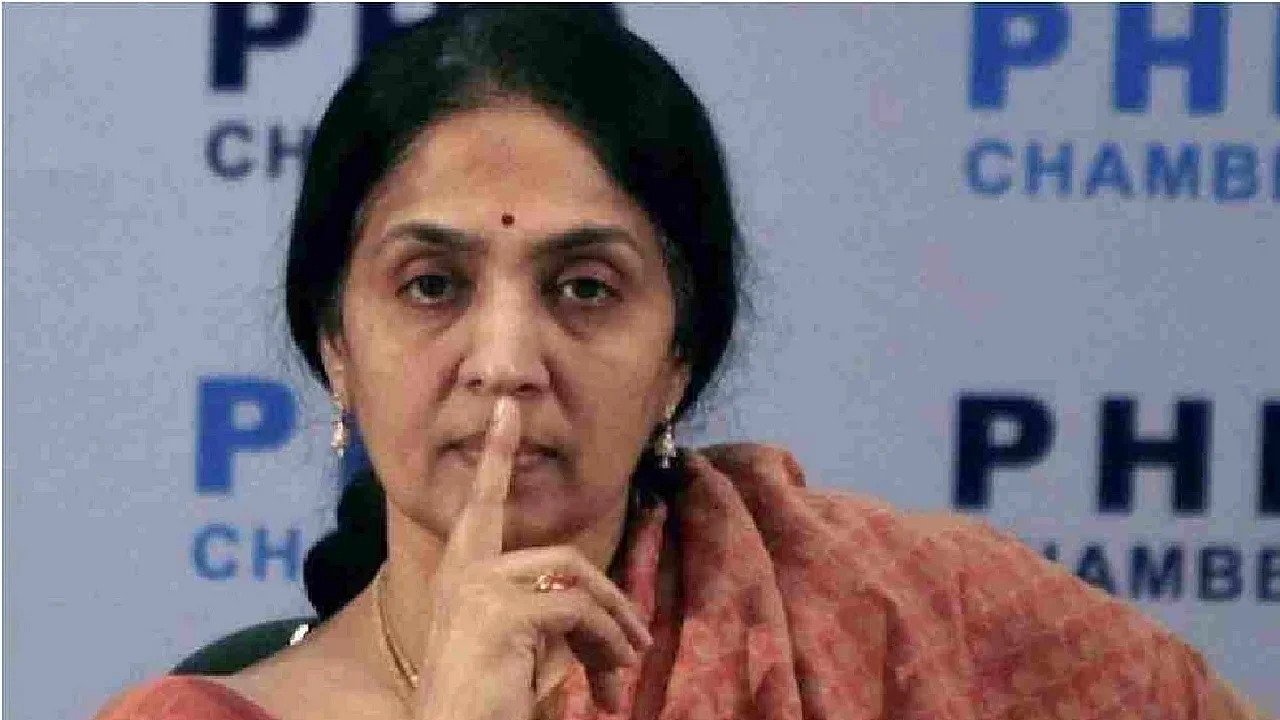Covid 2.0’s impact on the economy in the current financial year will be felt more through loss of demand impulse than supply-side disruptions
Our Bureau
New Delhi
What is the state of Indian economy? If you stick with the Indian government’s version, the economy will grow 10.5% in the fiscal year that started on April 1. But on Tuesday State Bank of India – the country’s largest lender – slashed its growth forecast to 7.9% from 10.4%. Several international banks such as Barclays and UBS have also cut back their predictions.
After a 7.3% contraction in 2020-21, the sharpest ever recorded by India, the relatively muted recovery puts India at odds with countries like United States and China that are seeing a swift rebound as they emerge from the pandemic, and suggests deeper damage has been done to an economy worth around $2.9 trillion before the crisis hit.
The situation has exacerbated unemployment that touched a 12-month high of 11.9% in May from 7.97% in April, according to data from the Centre for Monitoring Indian Economy. Rural unemployment that normally hovers around 6-7% also hit double digit levels in May, according to the privately owned firm.
But the government is very confident of growth. Hitting out at former union minister P Chidambaram for his criticism of the government’s handling of economy, Minister of State for Finance Anurag Thakur said on Wednesday that the Congress leader had ignored hard data and “instead went ahead with ‘whataboutery'” and noted that Indian economy will rebound in the times ahead based on consistent reforms.
In a pointed rebuttal to Chidambaram’s remarks at a media interaction yesterday, Thakur said that consistent reforms and strong fundamentals have ensured India had a swift rebound from a contraction of 24.4 per cent in the 1st quarter of FY 2020-21 to a growth of 1.6 per cent in the 4th quarter of FY 2020-21. “Indian economy is resilient and will rebound in the times ahead based on consistent reforms that have ensured strong fundamentals through these difficult times. I am not surprised that the Former Finance Minister chose to ignore hard data and instead went ahead with ‘whataboutery’ – the Congress leadership has embodied this clueless approach over the years,” he said.
The Organisation for Economic Co-operation and Development (OECD) has revised up its forecast for the 2021 global GDP growth, predicting an increase of 5.8 per cent. According to the OECD’s Economic Outlook released on Monday prospects for the world economy have brightened but the recovery is likely to remain uneven and, crucially, dependent on the effectiveness of public health measures and policy support. The report highlighted that in many advanced economies more and more people are being vaccinated, government stimulus is helping to boost demand and businesses are adapting better to the restrictions to prevent the spread of the virus.
“But elsewhere, including in many emerging-market economies where access to vaccines as well as the scope for government support are limited, the economic recovery will be modest,” it said.
India is one of the emerging countries.
However, the record Foreign Direct Investment (FDI) in India shows the confidence of international investors in the Indian economy. China is the manufacturing factory of the world but it is seen that many companies have shifted out from China in the last few years.
But India Ratings and Research (Ind-Ra) has said that Covid 2.0’s impact on the economy in the current financial year will be felt more through loss of demand impulse than supply-side disruptions.
Besides, the loss of demand-side impulse is expected to be more pronounced in rural areas than in urban areas, notwithstanding the forecast of a near-normal monsoon this year. Covid 1.0 was largely an urban phenomenon despite the large-scale reverse labor migration. Ind-Ra said what saved rural areas was timely arrangements state governments had put up to quarantine migrant labors before letting them enter their homes and intermingle with the local population.
This prevented the spread of Covid-19 in rural areas and production activities and in turn, rural consumption largely remained unimpacted.
However, the situation in Covid 2.0 is different as the highly infectious mutated strain of Covid-19 has already spread to rural India. Health ministry statistics show that the country’s 394 districts out of 718 had a case positivity rate of over 10 per cent on May 20. Such a high rate of positivity rate is being recorded even when the level of testing is low in rural India. This means that the pandemic in many areas may be spreading or has already spread without getting adequately captured in official statistics.
Ind-Ra said this may result in inadequate government intervention to contain the pandemic and higher fatality.


























